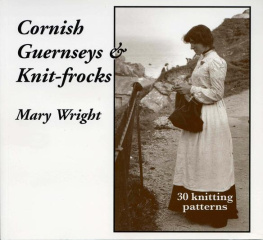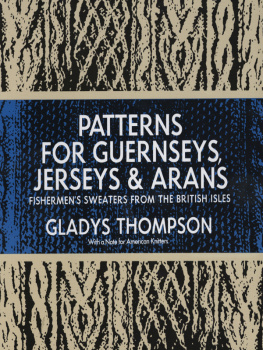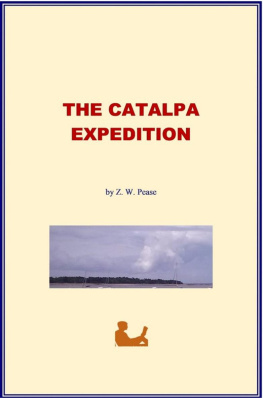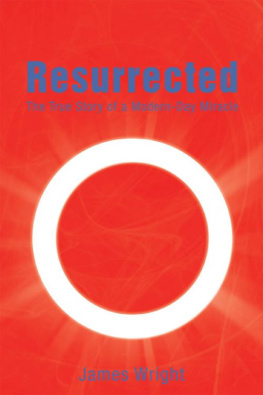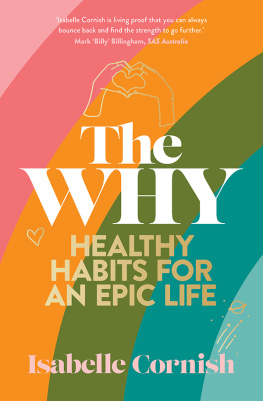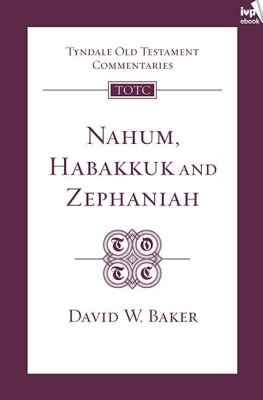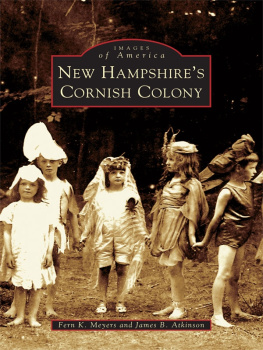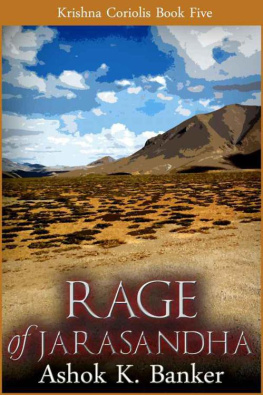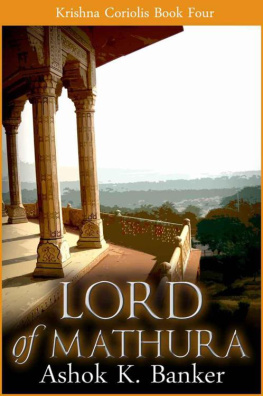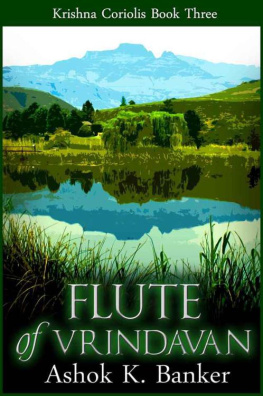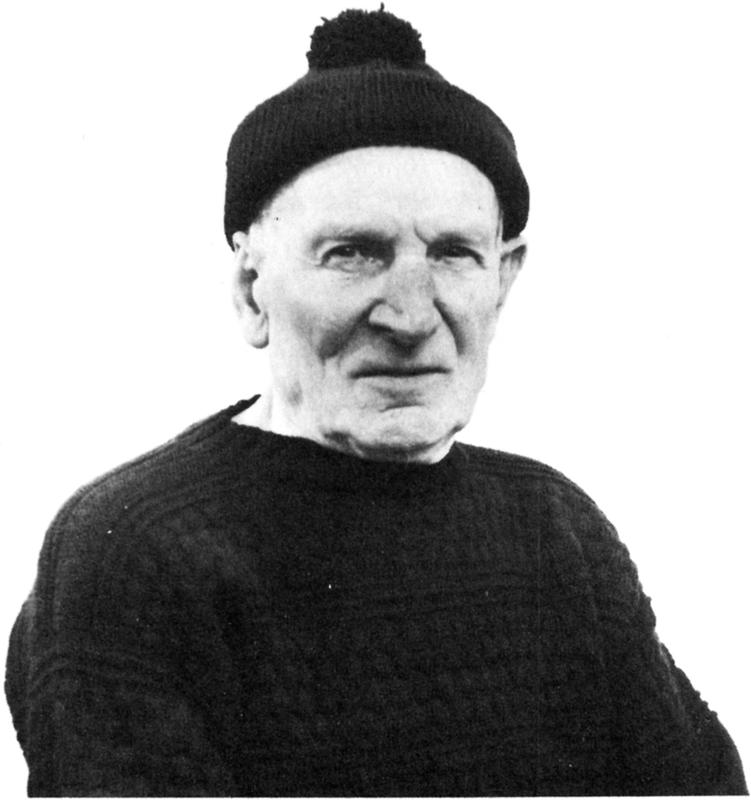I acknowledge with thanks the help of all who have searched their memories and their attics on my behalf, especially Joan Hart of the Lizard, Kay Jolliff and Sheila de Burlet of Polperro, Mollie Goodway of Sennen, Mabel Jenkins of Liskeard and Charles Nicholas of Looe.
I was accorded research facilities by Richard Poppleton and Sons Ltd., Wakefield, Yorkshire: the County Records Office, Truro; Cornwall Local History Library, Redruth (Mr. T. Knight); the Royal Institution of Cornwall (Mr. H. L. Douch), and Launceston Library, whose staff were particularly helpful. The Cornish Times Newspapers, Liskeard, the West Briton Newspapers, Truro, and the Packet Newspapers, Falmouth, also gave me access to their records.
For permission to use photographs, I am indebted to Messrs. T. Hart, C. Daniels, M. Trenerrv, A.E. Raddy and Martin Hipperson; Mesdames D. Heard, A, Harris, R. Scott, F, Cowan, N. Blake, J. Buckley, D. Tearaey and K. Jolliff; the Rowett Institute, Polperro; the Royal Institution of Cornwall (especially H. L. Douch and R. Penhallurick); the Royal National Lifeboat Institution, and Bude Historical and Folk Exhibition. The Sutlcliffe Gallerv, Whitbv, North Yorkshire, gave me permission to reproduce the photograph of Henry Freeman on p. 56.
I am particularly grateful to Andrew Lanyon for careful reproduction of old photographs and endless patience in photographing my knitting stitches.
For the loan of knitting sticks, I thank Messrs. George Hawken, Charles Nicholas, Harding and Coad: Miss K. Spear; Mesdames Tremain, Sleep, Trathen, Hoskins, Bartlett, Edmunds, Gerry and Oliver.
The continued interest of members of the Cornwall Federation Womens Institutes is sincerely appreciated.
Finally, my thanks are offered to Alison Hodge for her typing and advice in preparation of the manuscript.
Symbols
These symbols are used in the charts which accompany the knitting instructions given in this book.
 | knit |
 | purl |
 | cable |
 | slip 1 knitwise |
 | slip 1 purlwise |
 | knit 1 into row below |
 | purl 1 into row below |
Abbreviations
The following abbreviations are used in the knitting instructions for the Cornish patterns (pp.31-54), the basic guernsey pattern (pp.63-5) and the Polperro knit-frock (pp.66-7).
K. = knit; P. = purl;
st. (s) = stitch (es)
st.-st. = stocking stitch (all rounds knit in circular knitting;
knit. 1 row, purl 1 row in 2-way knitting);
inc. = increase by lifting the strand between 2 stitches on to left-hand needle and knitting into the back of it with the right-hand needle;
dec. = decrease by working 2 stitches together.
L.H. = left hand; R.H. = right hand;
O.R.L. = or required length;
sl. = slip;
moss = K.1, P.1 on alternate sts. on alternate rows;
K.1B = knit 1 below (knit into loop below stitch on needle and lift off both loops together); P.1B = purl 1 below (purl into loop below stitch on needle and lift off both loops together);
K.8F = cable 8 by slipping 4 sts. on to cable needle and leaving at front of work, K.4 sts. from L.H. needle, K.4 sts. from cable needle.
cm = centimetre (s); in (s) = inch (es); cont. = continue.
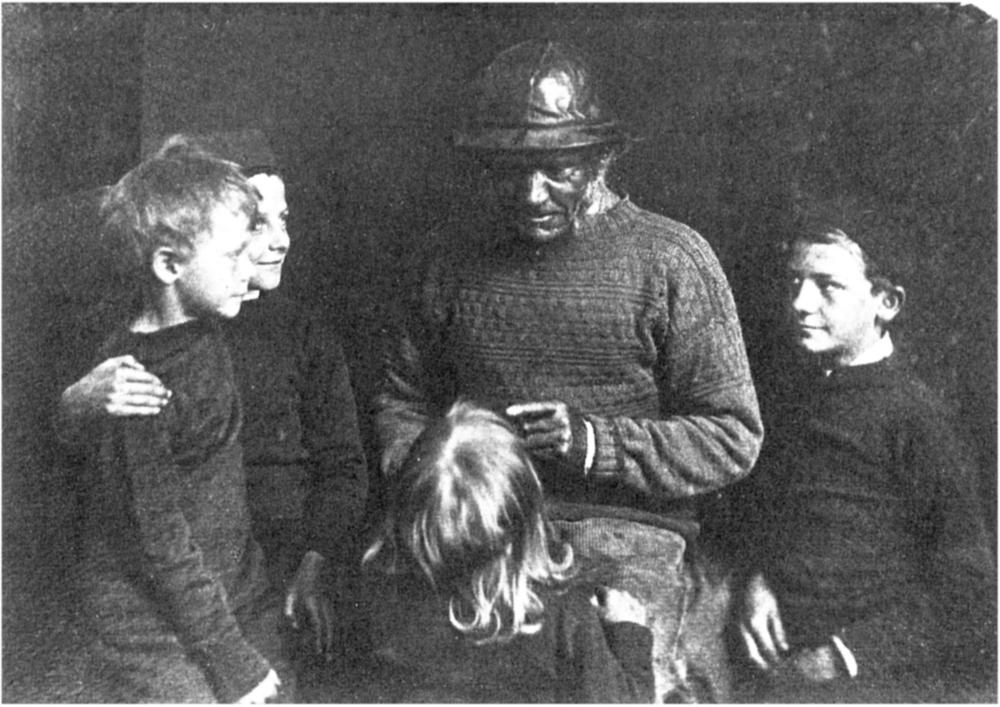
The 1872 photograph of a Lizard fisherman from which I was asked to copy a guernsey.
I did not intend to write a book; I simply wanted to knit a guernsey similar to those knitted by Cornish women over a hundred years ago. In the past, hand-knitting was vital to the domestic economy of every Cornish fishing family, and patterns and techniques were handed down from mother to daughters. Girls began to knit at an early age and there was no need for written instructions. But times have changed and we no longer remember all the old skills.
In the last fifty years or so, Cornwall has become more affluent and her women have found more lucrative employment than knitting. Although hand-knitted guernseys are still among the most hard-wearing of garments, mass-produced clothes are readily available, offering more choice, if not at a saving in cost, certainly at a saving in time and labour.
Although partly to blame for the decline of traditional techniques, the introduction of domestic knitting machines with their speed and seeming infinite formulae for patterns in punch cards and colour changes, and of quick knits with large needles and thick yarns, reflect the adaptability of the craft and have no doubt contributed to its continuing popularity. Today, hand-knitting is one of the most widely-practised crafts in this country. It is not only a means of making garments, but a therapeutic exercise with its repetitive, conventional technique, and a stimulating art form with its wide variety of textures and coloured yarns.
In recent years there has been a considerable move away from the continual wearing of mass-produced clothes, and an increasing appreciation of ethnic fashions, accompanied by a growing interest in relearning old hand crafts. Gossamer lace knitting from the Shetland Islands, superb colour patterns from Fair Isle and the bold textured surfaces of Aran knitting prove that traditional knitting patterns and techniques have never been quite lost, and it was amid this revival of interest in past skills that I undertook to knit a Cornish guernsey.
In 1970, I was asked to copy a knitted fishermans guernsey from an old photograph, as a contribution to a Womens Institute display at the Royal Cornwall Show. I was unfamiliar with this specialised form of knitting, and at that time it seemed impossible to find anyone in Cornwall who remembered the knitting or the knitters. Mr. Charles Nicholas of Looe warned me that I had started twenty years too late.
Gladys Thompsons book, PatternsforGuernseysandJerseys, gave extensive information about patterns from the north and north-east of England which she had researched more than thirty years ago. Her charts, pictures and anecdotes revealed a fascinating insight into the knitters of that area over the last one hundred years. Pattern leaflets from the Channel Islands gave more specific details of the yarn used and tensions required and, after many experiments, I was able to combine this information with wool purchased from Guernsey (manufactured in Yorkshire) and pattern stitches from the photograph to produce my first Cornish guernsey. This was completed during winter evenings with the aid of modern artificial light, but I have since learned that the best results are achieved by knitting out of doors, in day light, as traditional knitters used to do.

